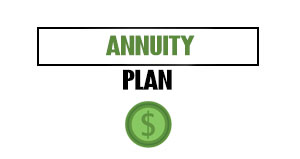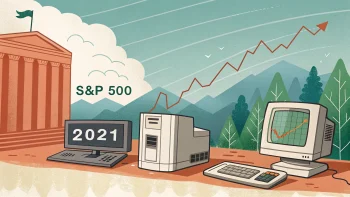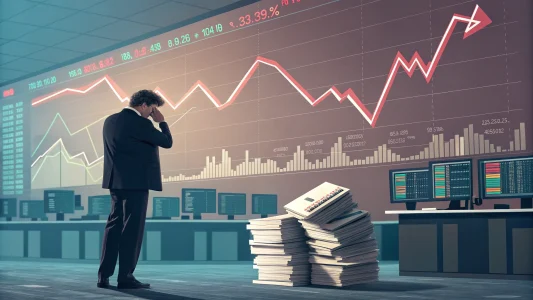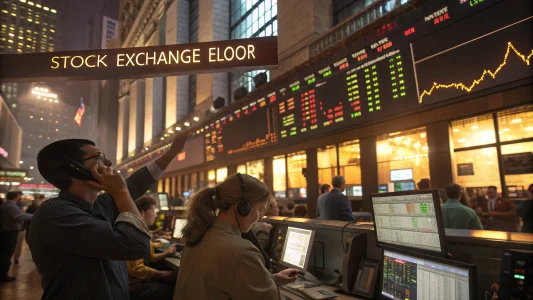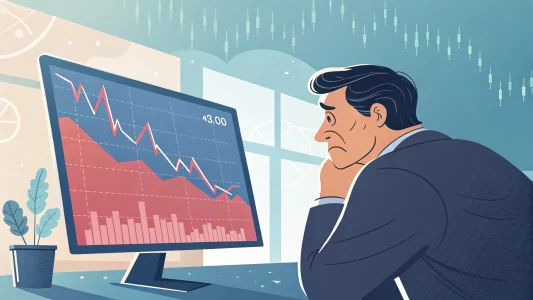The potential implementation of tariffs presents significant economic risks that may be overlooked in the current bullish market environment. Historical evidence and economic principles suggest that tariffs can have far-reaching negative consequences despite their intended benefits.
Table of Contents
ToggleHistorical Context: The Smoot-Hawley Tariff Act
In 1930, the United States implemented the Smoot-Hawley Tariff Act to protect American jobs. However, this policy had severe unintended consequences. The legislation prompted retaliatory tariffs from 25 major trading partners, which resulted in a dramatic 65% reduction in global trade. These trade barriers significantly deepened and extended the Great Depression rather than alleviating economic hardship.
View this post on Instagram
Modern Tariff Proposals
Current tariff proposals mirror the protectionist approach of the Smoot-Hawley era but aim for different outcomes. Some may dismiss these proposals as negotiation tactics, similar to how many viewed the 2018 trade policies. However, when tariffs were actually implemented against China in 2018, the S&P 500 experienced a substantial decline.
Two primary economic concerns arise from potential new tariff policies:
- Inflation pressure – Tariffs function as taxes on imported goods, which naturally increases consumer prices
- Labor cost differentials – Bringing manufacturing jobs back to the United States would mean replacing lower-cost foreign labor with higher-cost domestic labor
The labor cost disparity between the United States and the three leading tariff targets is substantial. This difference would likely translate to higher prices for goods previously manufactured overseas, creating additional inflationary pressure in the domestic economy.
Tariffs at the simplest point are taxes on imported goods naturally driving costs higher.
Balancing Economic Factors
While other economic policies may stimulate growth and potentially offset some negative effects of tariffs, the risks associated with protectionist trade policies remain significant. In the current environment of consistently rising stock markets, tariffs represent an underappreciated risk factor that investors should carefully consider.
The 2018 trade tensions with China demonstrated that markets can react negatively to tariff implementation. Despite positive momentum in other economic areas, the potential for trade disruption presents a meaningful downside risk that appears to be receiving insufficient attention from market participants.
Understanding these dynamics is essential for investors navigating the current economic landscape, especially as policy proposals move closer to potential implementation.
Frequently Asked Questions
Q: How did the Smoot-Hawley Tariff Act affect the global economy?
The Smoot-Hawley Tariff Act triggered retaliatory measures from 25 major countries, causing global trade to plummet by 65%. Rather than protecting American jobs as intended, it worsened economic conditions and extended the Great Depression.
Q: What happened to the stock market when tariffs were implemented in 2018?
When tariffs were implemented against China in 2018, the S&P 500 experienced a significant decline. This market reaction suggests investors viewed the trade restrictions as harmful to economic growth and corporate profits.
Q: Why might tariffs lead to inflation?
Tariffs function as taxes on imported products, directly increasing their cost. Additionally, if manufacturing shifts from low-wage countries to the United States, the higher domestic labor costs would likely result in more expensive consumer goods, creating inflationary pressure throughout the economy.






